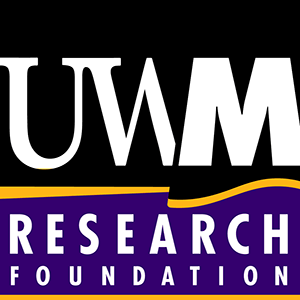Applications
Drug discovery, regeneration, bone healing, stem cell recruitment
Target Problems
Bones heal completely after fracture, but in cases like advanced age this process is substantially altered and can delay healing or lead to non-union of bone. This can result in changes in biomechanics of the bone leading to complications affecting quality of life. Also, studies support faster bone healing which can be useful for active military members. Current treatment strategies focus on downstream osteogenic factors, often showing limited success.
Key Benefits
- Less Invasive – facilitate bone healing in aged patients without invasive surgery
- Faster – accelerated bone healing after injury
- Multipurpose- fracture healing for society’s most vulnerable members including the elderly, individuals with osteoporosis, and children, as well as promise for military wound healing
Technology
Dr. Priyatha Premnath is working to develop a new method of use for a known compound as a cell permeable p21 inhibitor. Inhibition of p21 can improve bone healing outcomes in p21 knockout mice. It has been demonstrated that mesenchymal stem cells (MSCs) play a vital role in the bone healing process, and in advanced age MSCs have reduced bone forming capacity. Recent mouse studies with the small molecule show accelerated bone healing after injury, and increased p21 expression in aged mice.
Intellectual Property
US Provisional Patent Filed Spring 2022.
Inventors
Priyatha Premnath Ph.D., Assistant Professor, Biomedical Engineering
Please contact our office to share your business’ needs.

